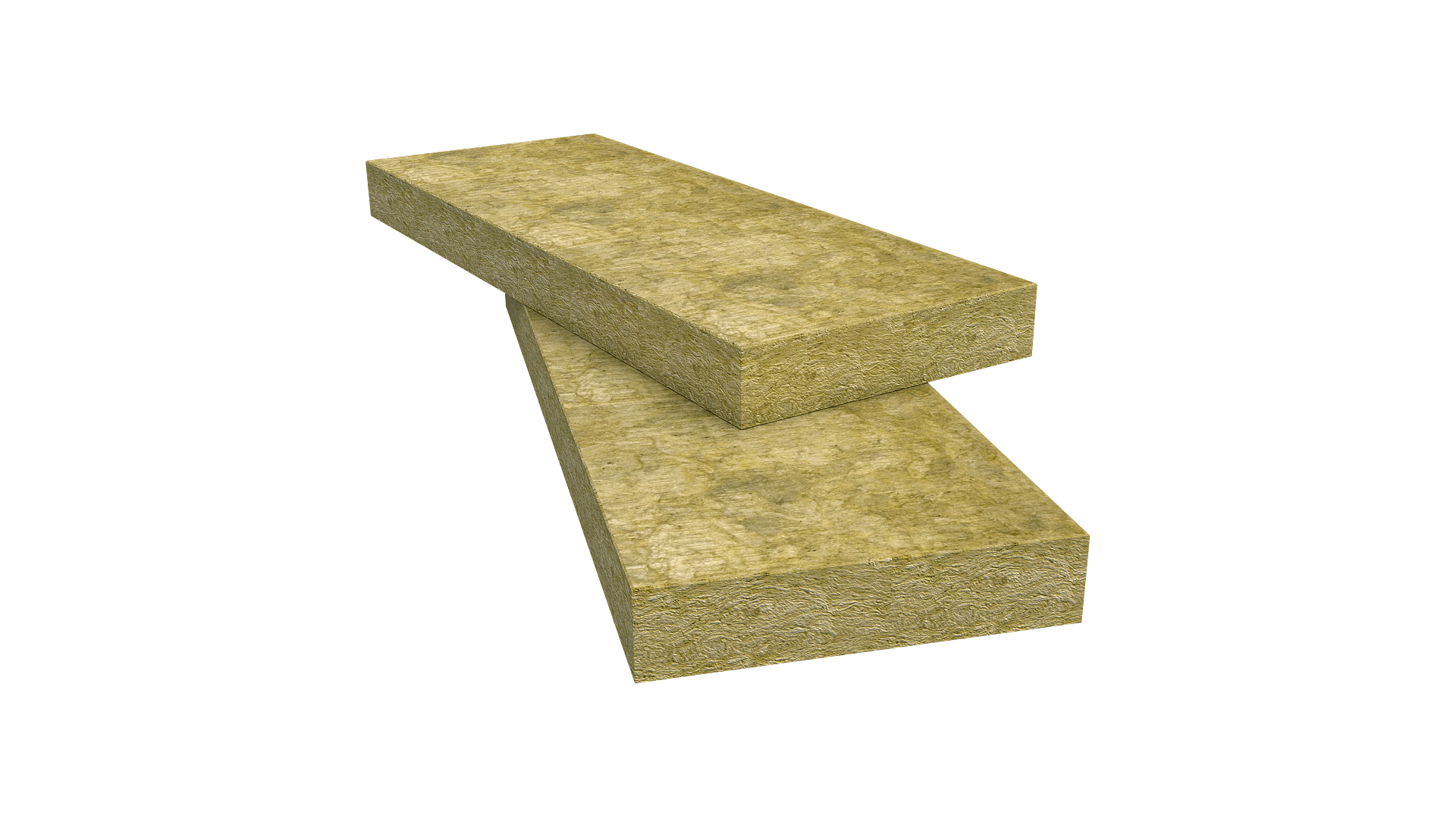Separating party walls are the dividing walls between two attached properties. They are constructed from solid materials, such as bricks and concrete blocks, or built out of a framed wall construction, using wooden studs or metal frames.
There is usually a gap between party walls called an air cavity, which separates the buildings. Cold air can seep into this cavity, through edges that are exposed to the elements outside, while warm air rises and escapes the building.
This heat loss can drive up heating bills and create a less energy efficient home. Noise can also be an issue, as sound can easily travel through this hollow space. The increased amount of cold air flowing into a building can even increase the risk of occupants developing respiratory conditions - or exacerbating existing symptoms1.
Party wall insulation fills the gap in-between, ensuring heat and sound are captured and contained – improving acoustic and thermal performance.
High-quality insulation helps to:
- Reduce sound transfer through walls
- Improve energy efficiency
- Raise fire resilience



















